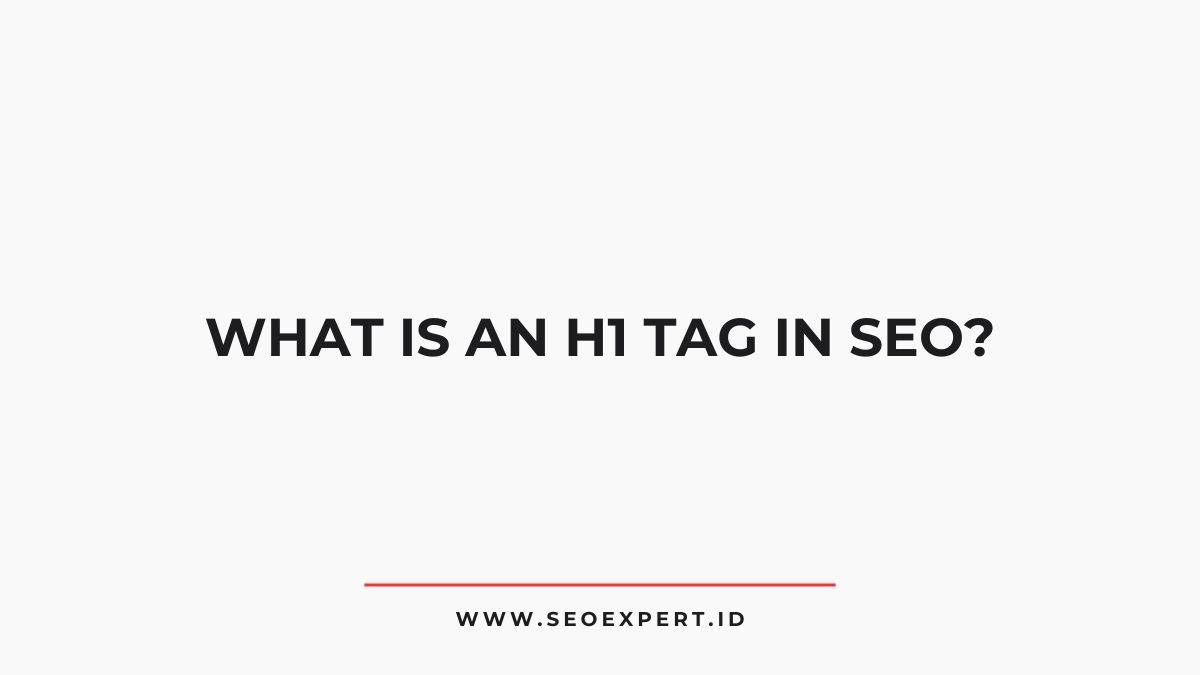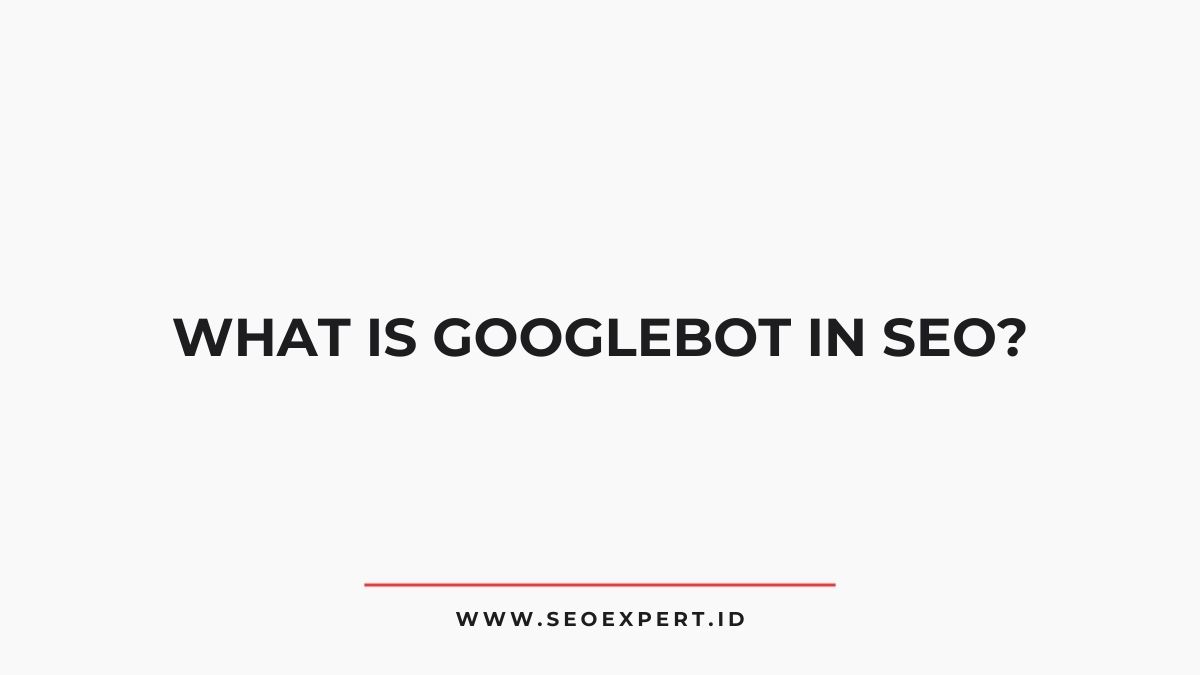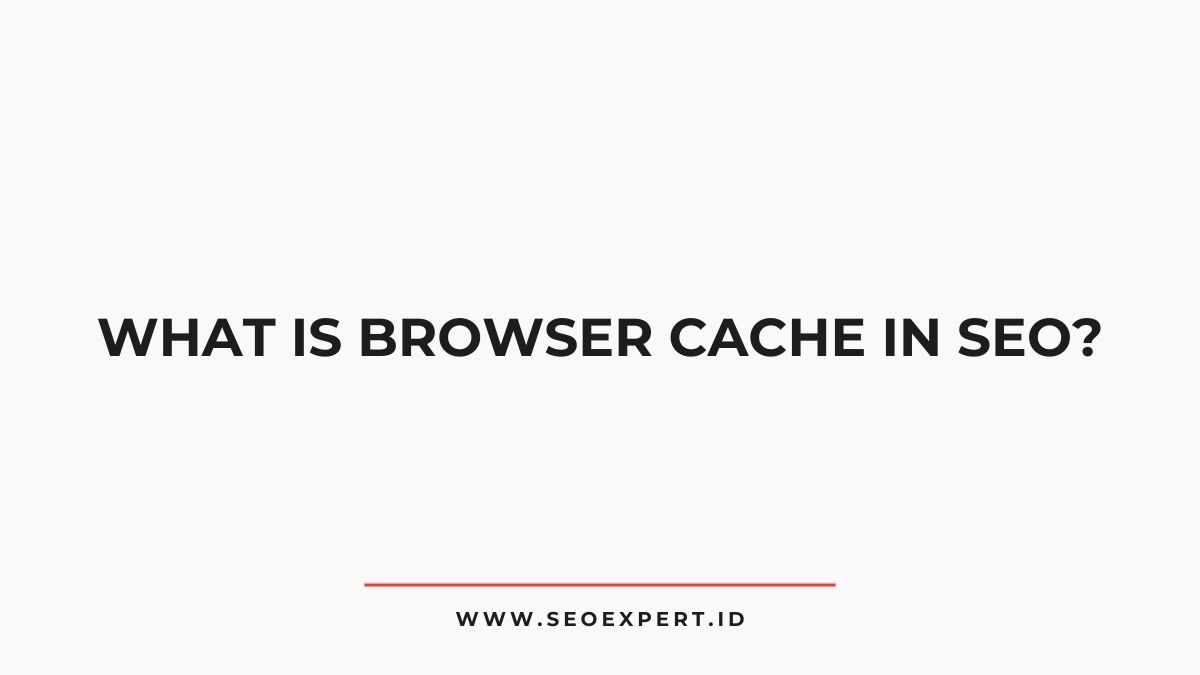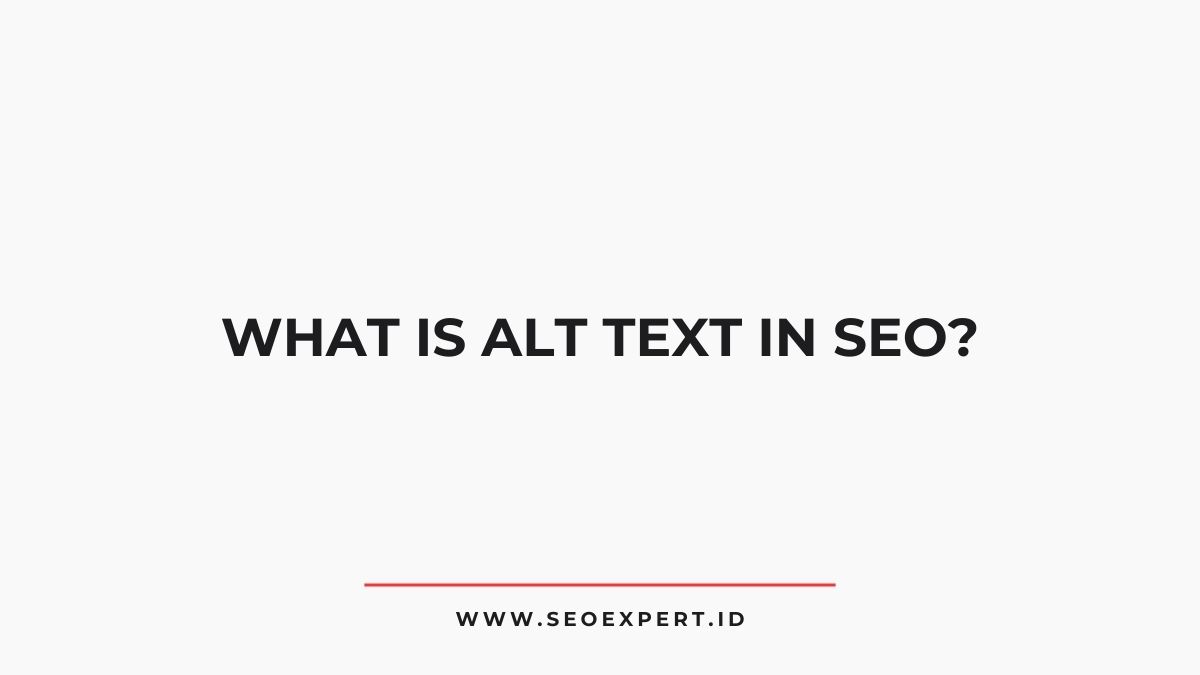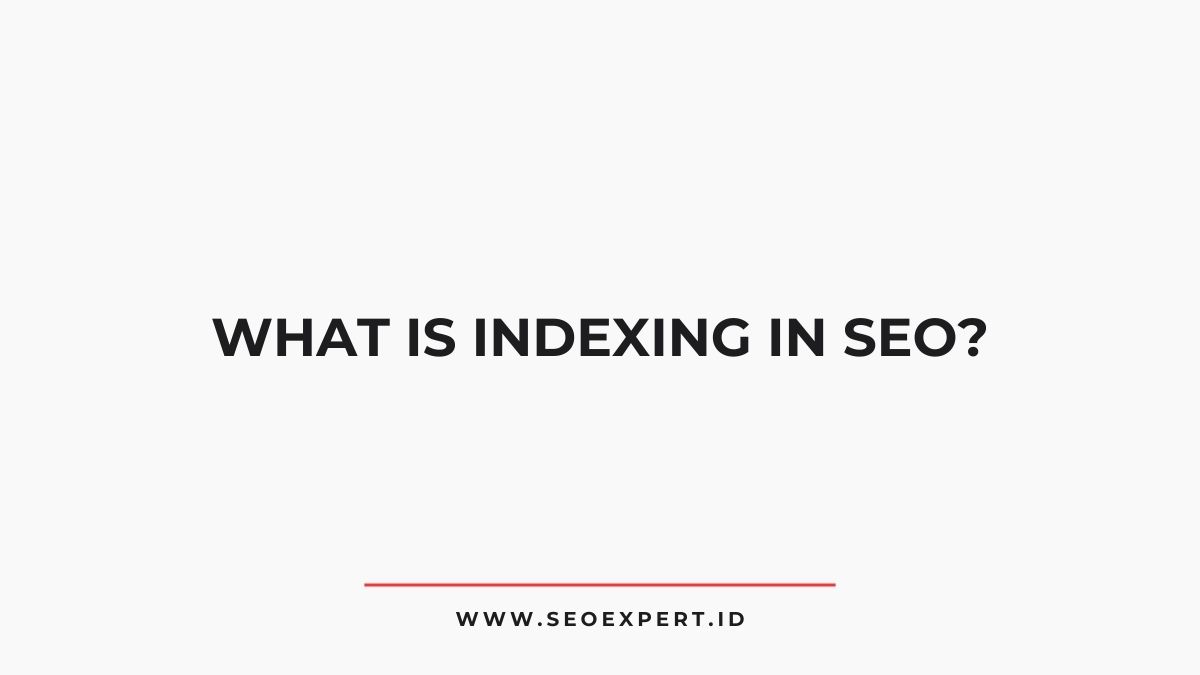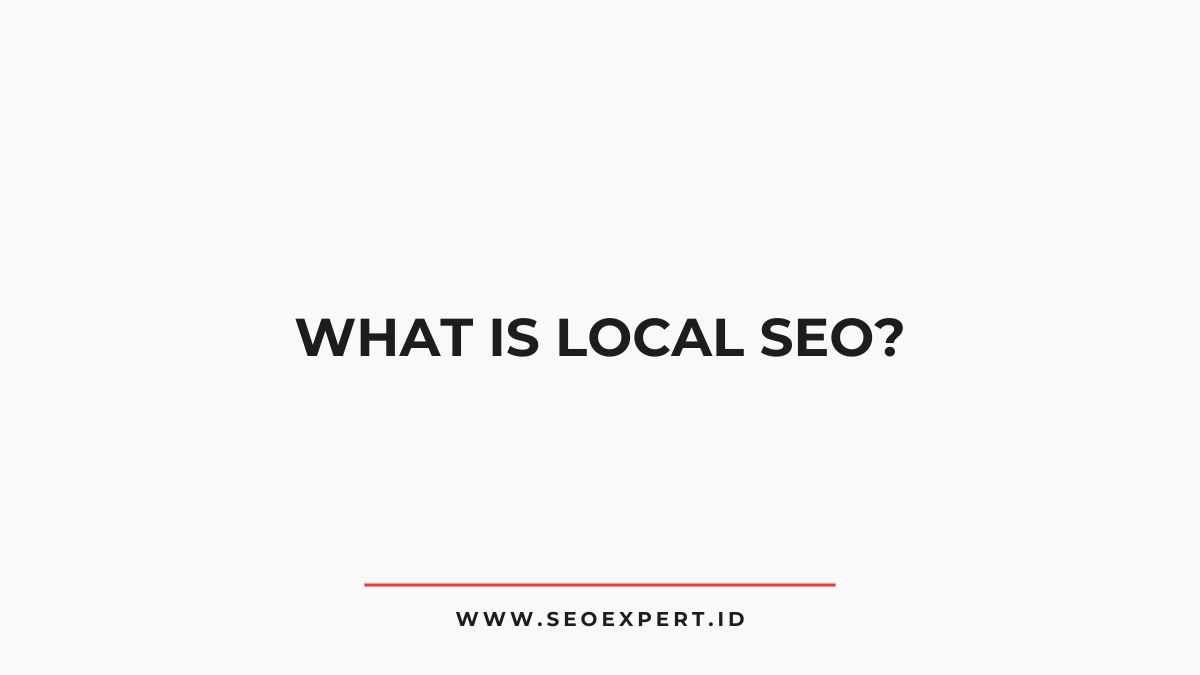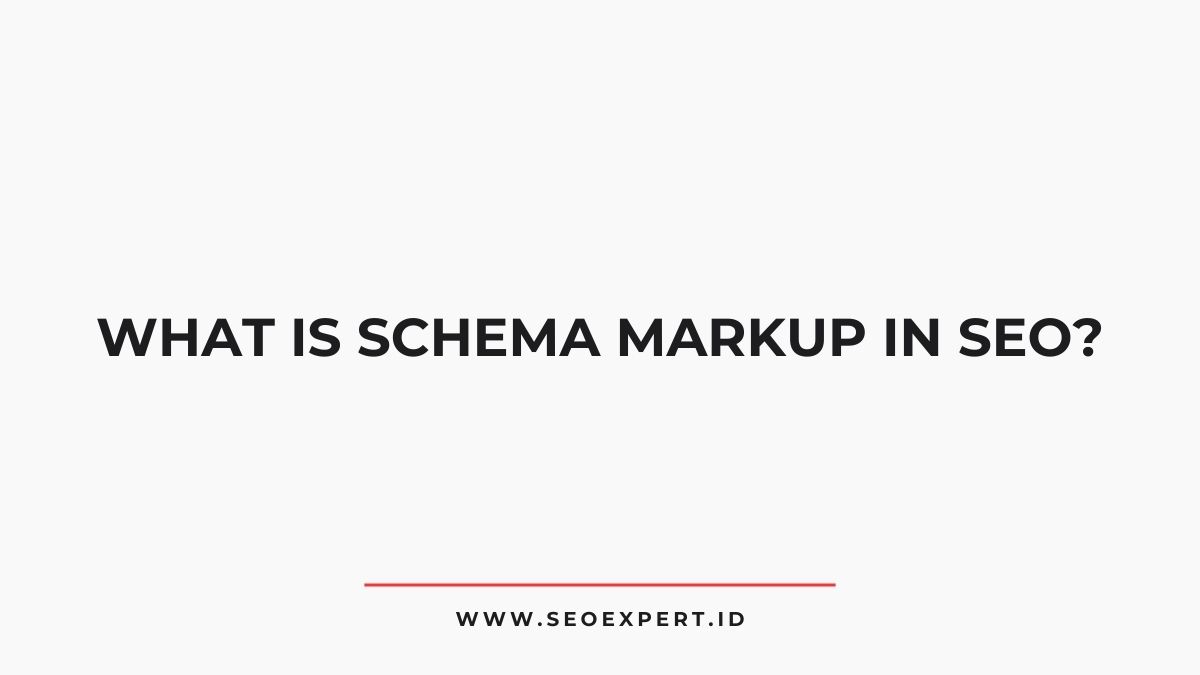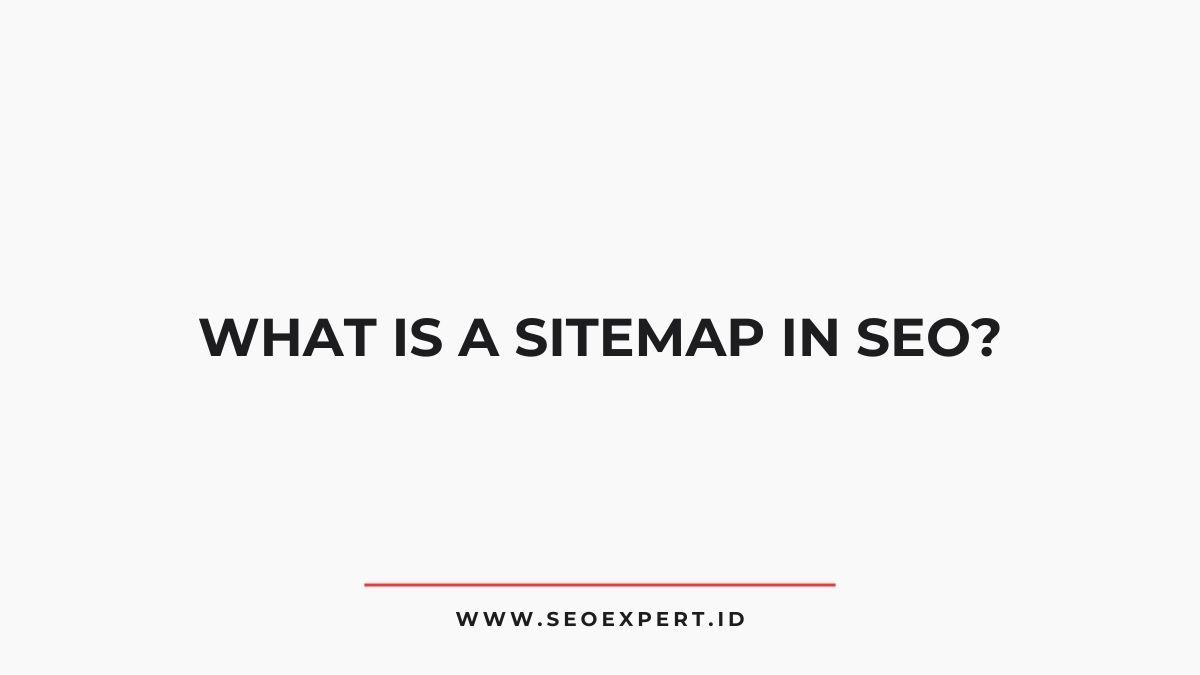An H1 tag is a fundamental HTML element in SEO that signifies the main topic of a webpage. It helps improve user experience and search engine optimization by clearly outlining content structure.
DigitalOcean
DigitalOcean offers a variety of VPS hosting solutions perfectly suited for anyone seeking straightforward and budget-friendly computing power for their projects.
The effective use of H1 tags enhances readability, indexing, and search visibility. Best practices include using a single, relevant H1 per page, incorporating primary keywords, and maintaining clarity.
Understanding H1 tags is essential for optimizing web content and achieving better rankings in search engine results. More insights follow.
TL;DR
Hide- An H1 tag defines the main topic of a webpage and is crucial for SEO structure.
- It signals content focus to search engines, enhancing visibility and indexing.
- Using a unique and relevant H1 tag improves user engagement and reduces bounce rates.
- Best practices include using a single, concise H1 with primary keywords naturally integrated.
- Clear H1 tags enhance readability, especially for mobile users navigating the content.
Understanding the H1 Tag: Definition and Purpose
The H1 tag serves as a critical element in web page structure and SEO strategy. It functions as the primary heading, indicating the main topic of the content.
By design, the H1 tag is positioned at the top of the HTML hierarchy, making it essential for both user experience and search engine indexing. Regarding semantic structure, it helps search engines understand the relevance of the content, thereby influencing ranking potential.
Proper usage of the H1 tag typically involves incorporating primary keywords relevant to the page’s content. This not only aids in clarity for users but also establishes a framework for additional headings.
Adhering to best practices in H1 tag implementation guarantees enhanced navigability and comprehension for both users and search engines alike.
Importance of H1 Tags in SEO
H1 tags play a pivotal role in search engine optimization by serving as a primary signal for both search engines and users regarding the content’s focus.
Their strategic placement enhances user experience and aids in content organization, making it easier for search engines to index pages effectively.
| Function | Impact on Users | Impact on Search Engines |
|---|---|---|
| Content Clarity | Improves readability | Facilitates indexing |
| Focus Identification | Highlights main topic | Signals relevance |
| User Engagement | Increases time on page | Reduces bounce rate |
| Accessibility | Aids navigation | Supports SEO best practices |
| Keyword Emphasis | Guides understanding | Enhances visibility |
Incorporating well-structured H1 tags guarantees optimized content delivery while promoting a safer browsing experience for users.
How H1 Tags Affect Search Engine Rankings
H1 tags play an essential role in determining search engine rankings by signaling the primary topic of a webpage to search engines.
Effective use of H1 tags, including adherence to best practices such as keyword optimization and clarity, can enhance visibility in search results.
Understanding the relationship between H1 tags and SEO performance is vital for improving overall site rankings.
Importance of H1 Tags
Effective web structure relies heavily on the strategic use of headers, particularly the H1 tag, which serves as a primary indicator of content relevance to search engines.
The importance of H1 tags extends beyond mere aesthetics; they play a critical role in optimizing search engine rankings.
- They enhance keyword visibility, allowing search engines to understand the main topic of a page.
- A well-structured H1 tag improves user experience by clearly conveying the content’s focus.
- H1 tags contribute to overall site organization, facilitating better crawling and indexing by search engines.
Incorporating H1 tags thoughtfully can lead to improved visibility in search results, ultimately fostering safer and more effective user navigation.
Best Practices for H1
The strategic implementation of header tags noticeably influences search engine rankings, particularly through the proper use of H1 tags.
To optimize H1 tags, it is essential to guarantee that each page features a unique H1 that accurately reflects the page’s content. This not only aids search engines in understanding the context but also enhances user experience.
Furthermore, incorporating relevant keywords naturally within the H1 can considerably boost visibility in search results. It is advisable to limit the length of H1 tags to approximately 60 characters to maintain readability.
Additionally, using a single H1 per page is vital, as multiple H1s can confuse search engine algorithms. Adhering to these best practices can contribute to improved search engine rankings and user engagement.
Best Practices for Using H1 Tags
Proper implementation of H1 tags is essential for optimizing web pages. Adhering to best practices guarantees clarity in content structure and enhances search engine visibility.
The following guidelines should be considered:
- Use a single H1 tag: Each page should contain only one H1 tag to maintain hierarchy and prevent confusion for search engines.
- Incorporate relevant keywords: Strategically placing targeted keywords in the H1 tag can improve searchability while maintaining natural readability for users.
- Keep it concise: An ideal H1 tag should be descriptive yet succinct, typically ranging from 20 to 70 characters, assuring it captures the essence of the content effectively.
Common Mistakes to Avoid With H1 Tags
While optimizing web pages, many overlook essential aspects of H1 tag implementation, leading to common pitfalls that can hinder SEO performance.
These mistakes can compromise search engine visibility and user engagement. Below is a table summarizing frequent errors:
| Mistake | Description | Impact on SEO |
|---|---|---|
| Keyword Stuffing | Overloading H1 with keywords | Decreased relevance |
| Multiple H1 Tags | Using more than one H1 per page | Confused search engines |
| Irrelevant Titles | H1 tags that don’t match page content | Increased bounce rates |
| Too Lengthy | Exceeding recommended character limits | Reduced clarity |
| Neglecting Formatting | Ignoring HTML best practices | Poor indexing by crawlers |
Awareness of these mistakes is essential for effective SEO strategies.
H1 Tags and User Experience
H1 tags play a critical role in enhancing user experience by providing clarity and structure to web content.
By clearly indicating the main topic, they improve readability and facilitate navigation, allowing users to quickly grasp the primary focus of a page.
Consequently, effective use of H1 tags can greatly impact how users interact with a website.
Importance of Clarity
Clarity serves as a cornerstone of effective user experience, particularly in the context of H1 tags. A well-defined H1 tag enhances users’ ability to quickly understand the main topic of a webpage, guiding their navigation and engagement.
This is essential in an era where information overload can lead to confusion and disengagement.
Key aspects of clarity in H1 tags include:
- Conciseness: The H1 tag should be succinct, conveying the essence of the content without unnecessary words.
- Relevance: The wording must accurately reflect the page’s content, aligning user expectations with what they will find.
- Visibility: An effective H1 should stand out visually, making it easy for users to locate and comprehend.
These elements contribute considerably to a positive user experience.
Enhancing Readability and Navigation
Effective H1 tags play a significant role in enhancing readability and navigation on a webpage. By clearly defining the main topic, H1 tags assist users in quickly identifying relevant content.
This leads to improved user experience and reduced bounce rates, as visitors can easily navigate through the site.
| Aspect | Importance |
|---|---|
| Clarity | H1 tags provide immediate context, guiding user expectations. |
| Structure | They create a hierarchical structure, aiding content organization. |
| SEO Benefits | Well-optimized H1 tags can improve search engine visibility. |
| User Engagement | Clear headings encourage longer site visits and interactions. |
Incorporating effective H1 tags is essential for both user satisfaction and optimizing site performance.
H1 Tags in Relation to Other HTML Tags
The hierarchy of HTML tags plays an essential role in structuring content for both users and search engines. The H1 tag is the highest-level heading, signifying the primary topic of a webpage. It establishes context and relevance, influencing SEO and user experience.
Other HTML tags, such as H2, H3, and paragraph tags, provide further structure and detail, complementing the H1 tag.
- H2 tags serve as subheadings, organizing content into sections.
- H3 tags offer subsections under H2 headings, facilitating deeper content exploration.
- Paragraph tags contain the body text, delivering the main information.
Understanding the relationship among these tags guarantees ideal content organization, enhancing both readability and search engine comprehension.
How to Optimize Your H1 Tag
Optimizing the H1 tag requires a strategic approach to confirm it effectively communicates the main topic of the webpage while aligning with SEO best practices.
Key considerations include keyword placement, length, and relevance. An ideal H1 should be concise, ideally under 60 characters, and include primary keywords to enhance search visibility.
| Aspect | Recommendation | Importance |
|---|---|---|
| Keyword Placement | Use primary keywords early | Improves relevance |
| Length | Keep under 60 characters | Enhances readability |
| Clarity | Confirm clear topic indication | Facilitates user engagement |
| Uniqueness | Avoid duplication across pages | Strengthens page identity |
| Formatting | Use proper HTML structure | Enhances technical compliance |
The Impact of H1 Tags on Mobile SEO
H1 tags play an essential role in mobile SEO by enhancing the mobile user experience and improving search engine visibility.
A well-structured H1 tag can help users quickly identify the content of a page, thereby reducing bounce rates on mobile devices.
Additionally, search engines prioritize clear and relevant H1 tags, which can lead to higher rankings in mobile search results.
Mobile User Experience
Mobile user experience considerably hinges on the effective use of H1 tags, which serve as a critical element for both readability and SEO performance. Properly structured H1 tags enhance content accessibility on mobile devices, guiding users through the webpage efficiently.
A well-defined H1 tag contributes to a streamlined navigation experience, which is essential for mobile users who often seek quick information.
- Improved Readability: Clear H1 tags help users understand the content’s main topic at a glance.
- Enhanced Scannability: Mobile users benefit from succinct headings that facilitate quick scanning of information.
- User Engagement: Engaging H1 tags can increase the likelihood of user interaction, reducing bounce rates and promoting longer site visits.
This strategic use of H1 tags ultimately fosters a safer, more user-friendly mobile environment.
Search Engine Visibility
Search engine visibility is notably influenced by the effective implementation of H1 tags, particularly in mobile SEO strategies. H1 tags serve as primary indicators for search engines, helping them understand the content hierarchy.
In mobile contexts, where screen space is limited, concise and relevant H1 tags enhance user engagement and reduce bounce rates.
| H1 Tag Element | Impact on Mobile SEO |
|---|---|
| Keyword Placement | Improves relevance |
| Clarity | Boosts user retention |
| Length | Affects readability |
| Structure | Enhances crawlability |
Thus, prioritizing well-crafted H1 tags can notably elevate a website’s performance in search rankings, ultimately contributing to safer and more reliable user experiences on mobile devices.
Tools to Analyze H1 Tags on Your Website
Analyzing H1 tags is essential for optimizing website structure and enhancing SEO performance. Various tools are available to assist in this analysis, providing insights that can improve search engine rankings and user experience.
Utilizing these tools allows webmasters to guarantee that H1 tags are effectively implemented.
- Google Search Console: Offers insights into how H1 tags affect indexing and ranking.
- SEMrush: Provides thorough site audits, highlighting H1 tag issues and suggestions for improvement.
- Ahrefs: Analyzes on-page SEO elements, including H1 tags, to determine their impact on site authority.
These tools facilitate a meticulous approach to H1 tag optimization, guaranteeing that best practices are followed for increased visibility and safety in search engine results.
Wrapping Up
In conclusion, the H1 tag plays an essential role in both SEO performance and user experience.
By providing clear context about a webpage’s content, H1 tags can greatly influence search engine rankings and engagement.
Are website owners fully leveraging this important element?
Adhering to best practices and avoiding common pitfalls will enhance visibility and accessibility. Ultimately, optimizing H1 tags is not just a technical necessity but a strategic advantage in the competitive landscape of digital marketing.
